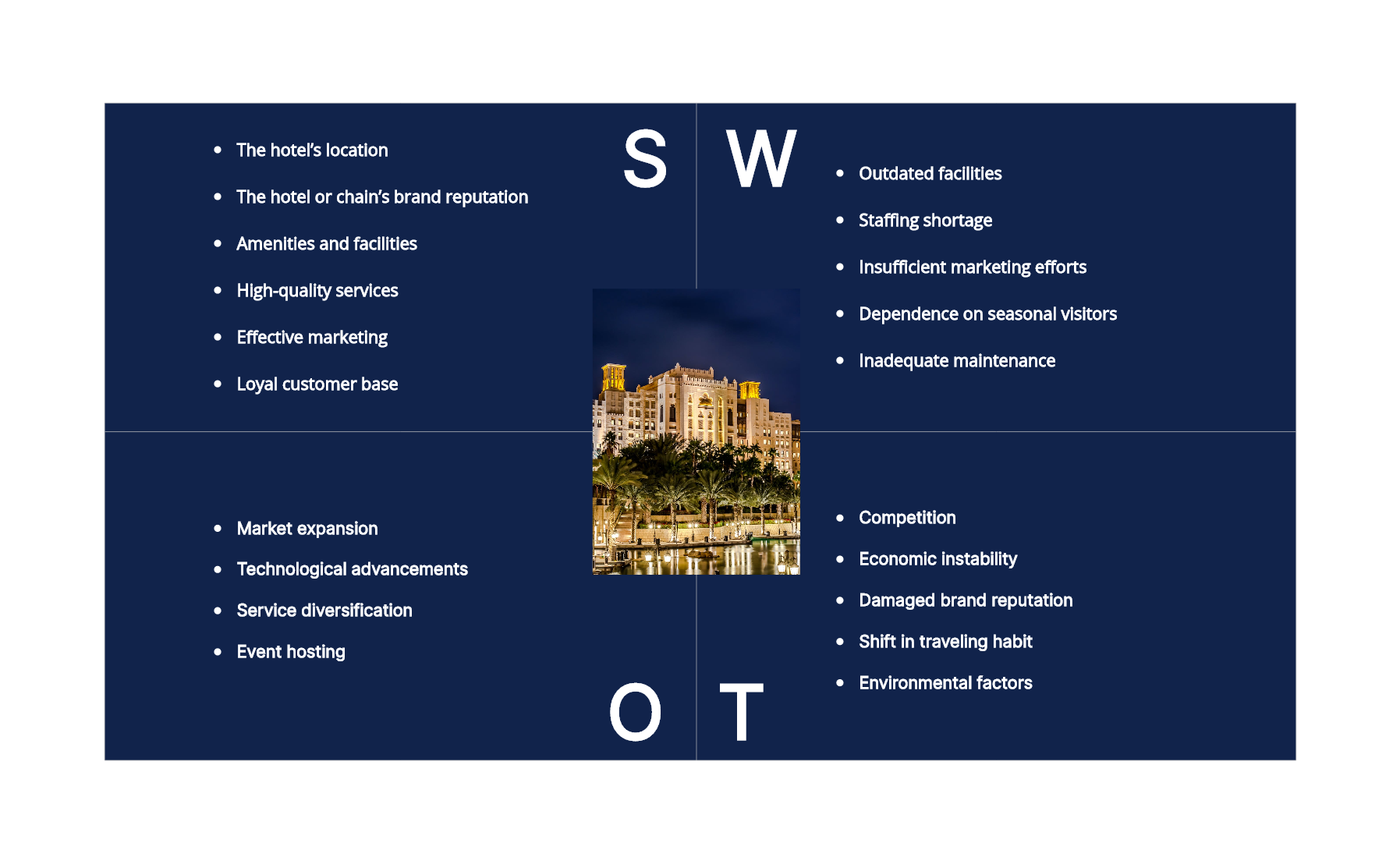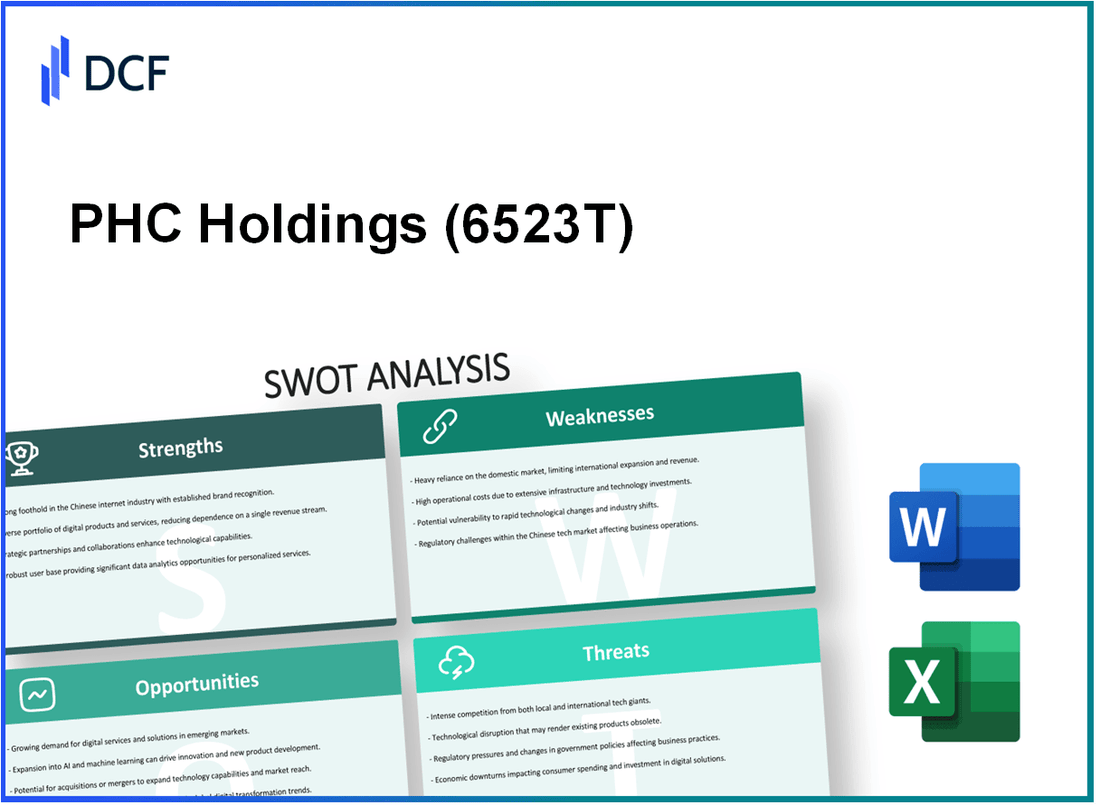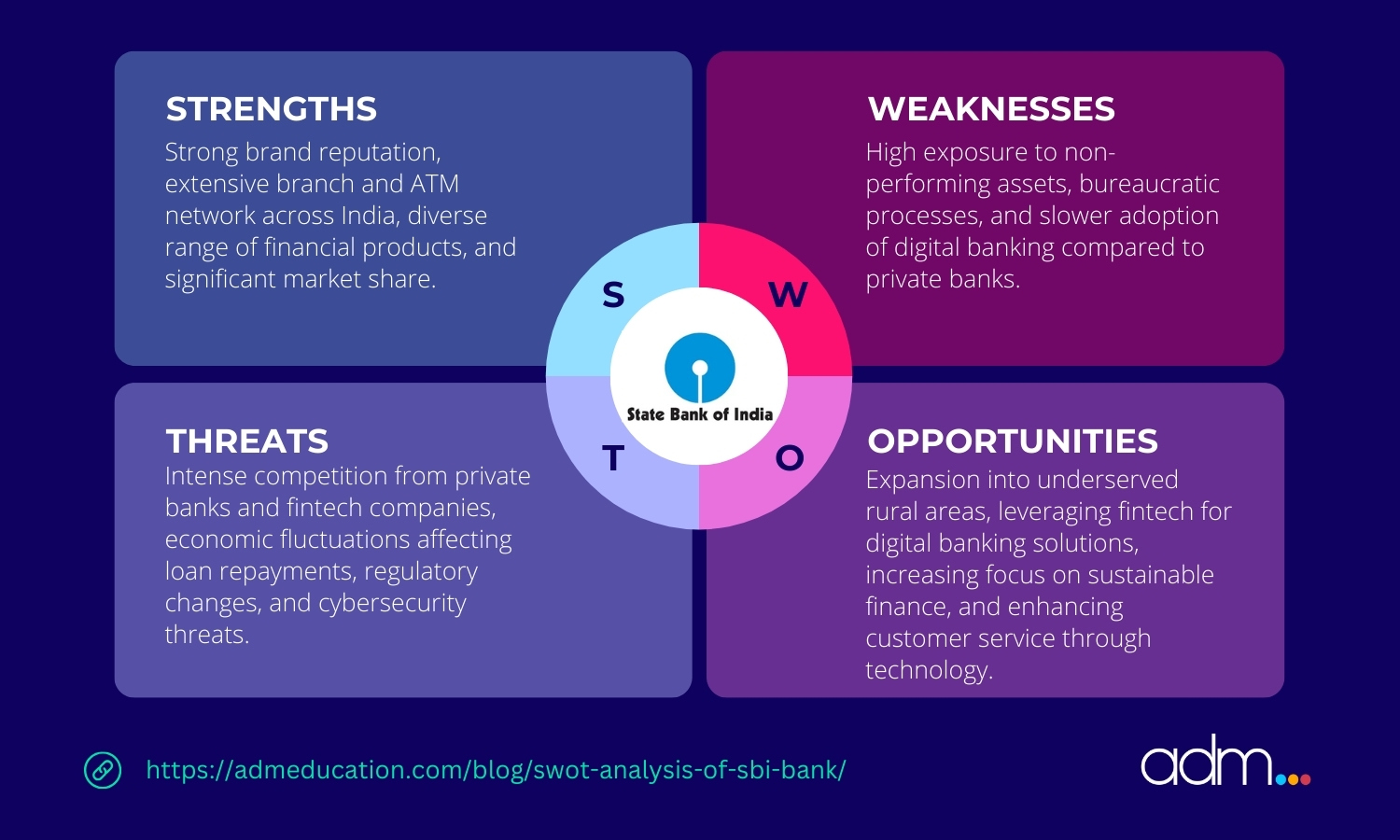Pan Pacific International Holdings Corp Swot Analysis

Pan Pacific International Holdings Corp (PPIH), the parent company of the popular Don Don Donki retail chain, operates in a dynamic and competitive global market. Understanding its strengths, weaknesses, opportunities, and threats (SWOT) is crucial for assessing its current position and future prospects.
This article provides a detailed SWOT analysis of PPIH, examining its internal capabilities and external environment to shed light on the factors influencing its growth and profitability.
Strengths
Brand Recognition and Customer Loyalty: Don Don Donki's unique and engaging shopping experience has fostered strong brand recognition and customer loyalty, particularly among Asian consumers.
The company's playful store layouts, wide variety of products (often including hard-to-find Japanese items), and competitive pricing contribute to its appeal.
Global Expansion and Market Penetration: PPIH has successfully expanded its operations beyond Japan, establishing a significant presence in Southeast Asia, North America, and other regions.
This global footprint provides diversification and access to new customer bases, reducing reliance on the Japanese market.
Efficient Supply Chain Management: PPIH's efficient supply chain management enables it to offer competitive prices and maintain a steady flow of products, even during periods of high demand.
This is supported by strong relationships with suppliers and a sophisticated logistics network.
Product Diversification and Unique Offerings: Don Don Donki stores boast a diverse product range, from groceries and household goods to electronics and apparel.
The inclusion of unique and niche Japanese products differentiates PPIH from its competitors and attracts a specific customer segment.
Weaknesses
Reliance on Japanese Products: While the focus on Japanese products is a strength, it also presents a weakness, particularly if supply chains are disrupted or consumer preferences shift.
Dependence on imports can also increase vulnerability to currency fluctuations and trade policies.
Higher Operational Costs in Some Regions: Operating costs, including rent and labor, can be significantly higher in some of PPIH's international markets, impacting profitability.
This necessitates careful cost management and pricing strategies.
Brand Perception Challenges in Certain Markets: The unique shopping experience, while appealing to some, might not resonate with all consumers in certain markets, leading to brand perception challenges.
Adapting to local preferences and cultural nuances is crucial for overcoming this weakness.
Opportunities
Further Global Expansion: Significant opportunities remain for PPIH to expand its presence in underserved markets, particularly in Asia and beyond.
Strategic partnerships and acquisitions can accelerate this expansion.
E-commerce Growth: Expanding its e-commerce capabilities represents a major opportunity for PPIH to reach a wider audience and increase sales.
Investing in online platforms and delivery services can complement its brick-and-mortar stores.
Development of Private Label Brands: Introducing and expanding private label brands can enhance profitability and provide greater control over product offerings.
This allows PPIH to differentiate itself further and offer competitive prices.
Partnerships and Collaborations: Collaborating with other retailers, brands, or technology companies can create synergistic opportunities and enhance PPIH's market reach.
These partnerships can lead to new product offerings and innovative services.
Threats
Intense Competition: The retail industry is highly competitive, with numerous established players and emerging online retailers vying for market share.
PPIH faces competition from supermarkets, department stores, and online marketplaces.
Economic Downturns: Economic downturns can impact consumer spending and reduce demand for PPIH's products, particularly discretionary items.
This necessitates careful inventory management and cost control.
Changes in Consumer Preferences: Shifting consumer preferences and trends can pose a threat to PPIH if it fails to adapt its product offerings and marketing strategies.
Staying abreast of market trends and consumer demands is essential.
Geopolitical Risks: Geopolitical risks, such as trade wars, political instability, and natural disasters, can disrupt supply chains and impact PPIH's operations.
Diversifying its sourcing and distribution networks can mitigate these risks.
In conclusion, Pan Pacific International Holdings Corp possesses significant strengths in brand recognition, global expansion, and efficient supply chain management.
However, it also faces weaknesses related to its reliance on Japanese products and higher operational costs in some regions. The company has numerous opportunities for further global expansion, e-commerce growth, and the development of private label brands. Threats include intense competition, economic downturns, changes in consumer preferences, and geopolitical risks. Successfully navigating these challenges and capitalizing on its opportunities will be crucial for PPIH's long-term success.



![Pan Pacific International Holdings Corp Swot Analysis SWOT Analysis: How To Do One [With Template & Examples] - Blog](https://blog.hubspot.com/hs-fs/hubfs/swot-analysis-restaurant.jpg?width=3000&height=2000&name=swot-analysis-restaurant.jpg)
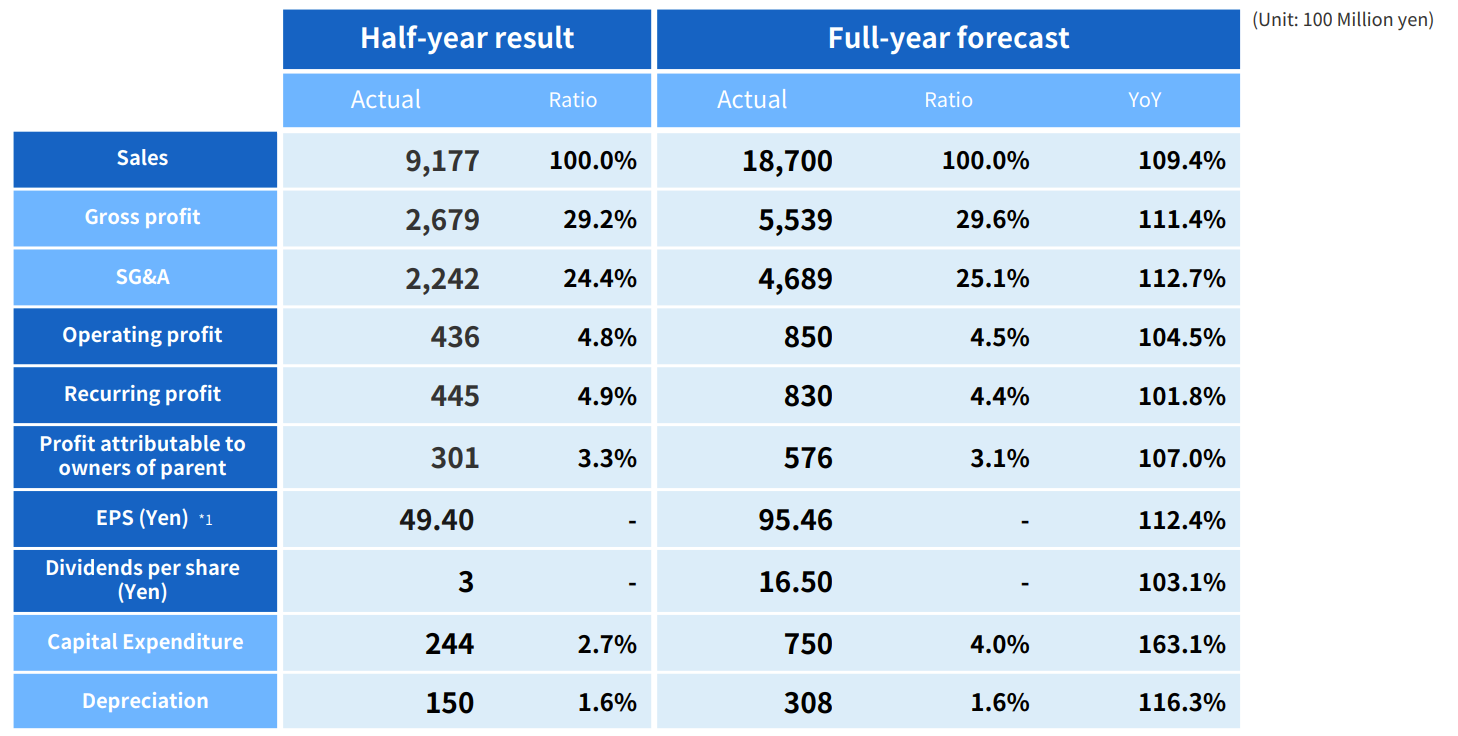
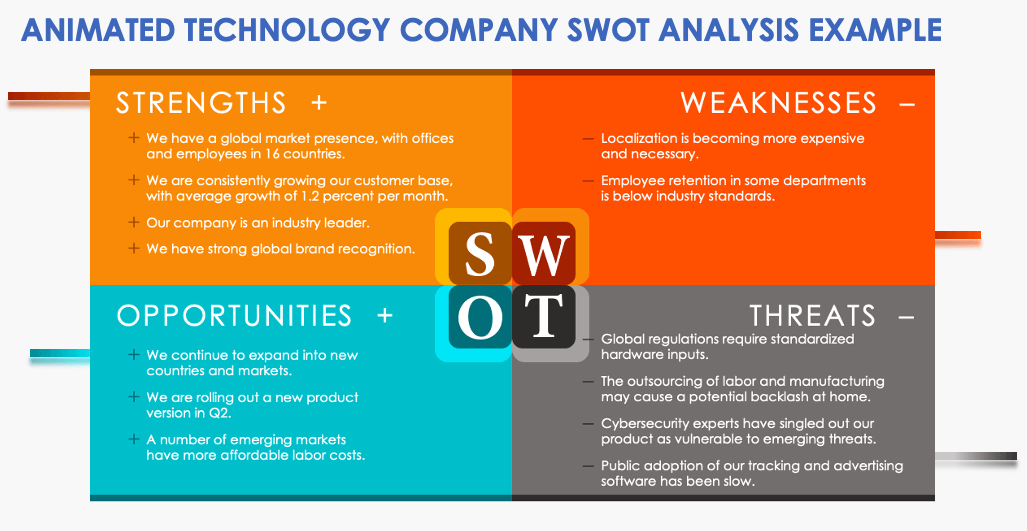
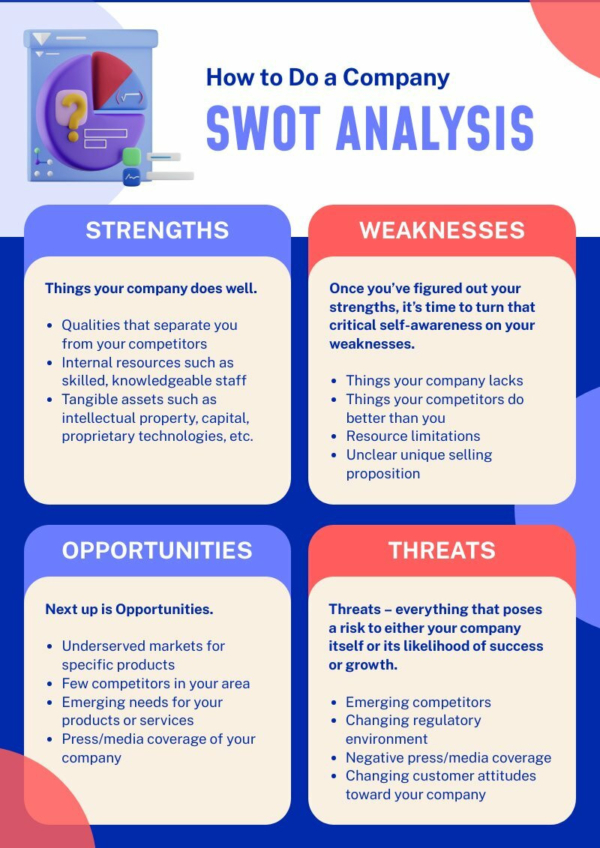


![Pan Pacific International Holdings Corp Swot Analysis SWOT Analysis: How To Do One [With Template & Examples]](https://knowledge.hubspot.com/hubfs/swot-analysis-6-20240801-5549022.webp)



